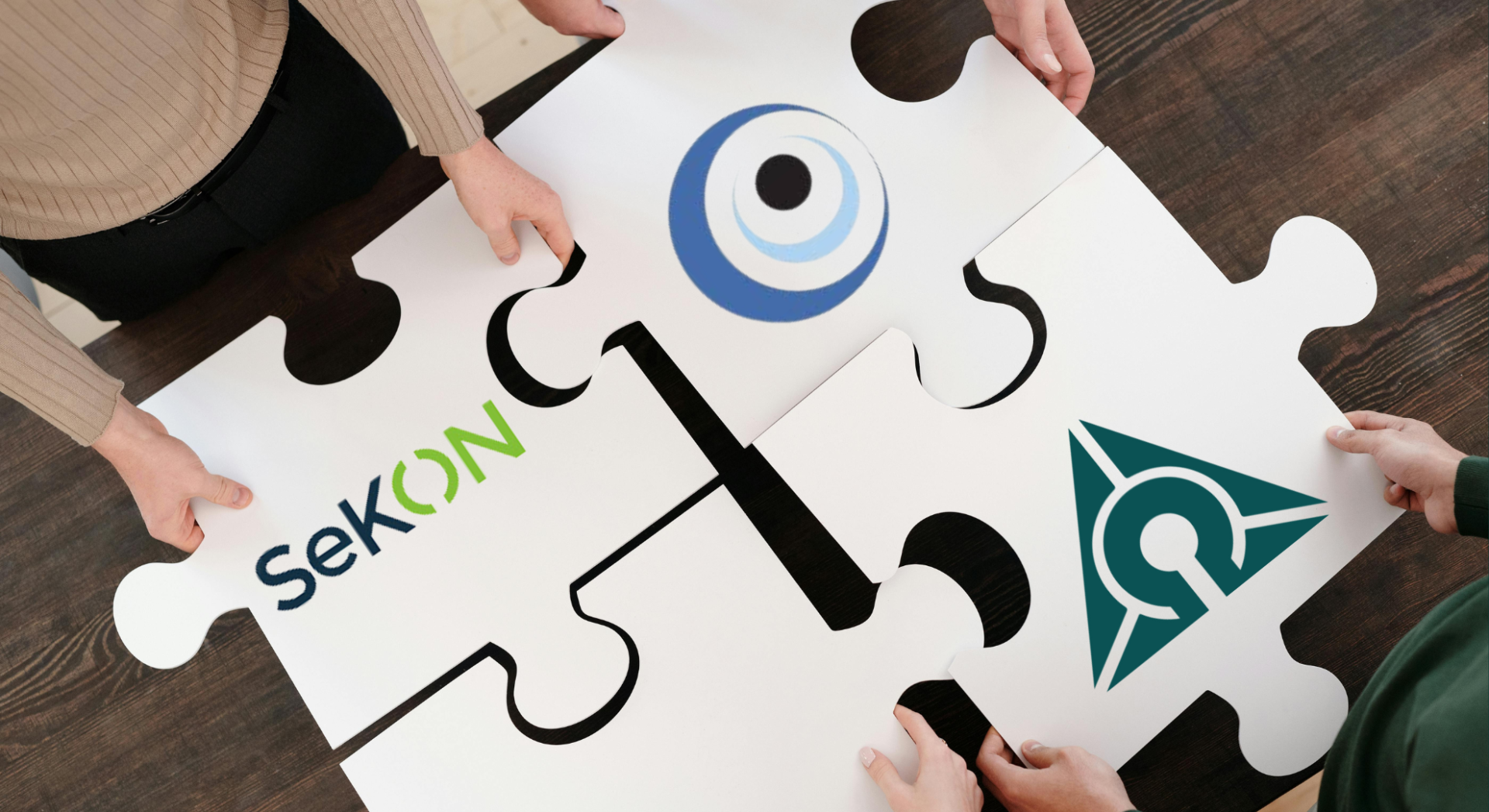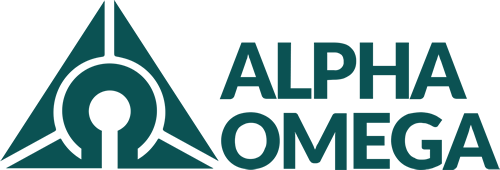
Case Study
Intelligent Automation

November 2, 2023
HHS HRSA
Challenge
The mission of The U.S. Department of Health, Health Resources and Services Administration (HRSA) is to improve health outcomes and achieve health equity through access to quality services, a skilled health workforce, and innovative, high-value programs. After the COVID outbreak, Congress tasked the HRSA with managing the COVID payments that are due to providers. To access these payments, health care providers submitted their tax forms, revenue documents, and other information – often exceeding a thousand pages per application. This was a highly manual process that required considerable time, with a high potential for errors. These errors, even if minor, could lead to over or underpayment, fraud or other issues with potential impact of millions of dollars of payments being approved or rejected incorrectly.
Solution
The HRSA Office of Finance engaged Alpha Omega to deploy UIPath automation to solve this COVID relief payment challenge helping thousands of Health care providers of all sizes stay afloat and support the COVID efforts nationally as well as avoiding economic calamity.
The HRSA Office of Budget and Finance (OBF) identified several business areas where the majority of processes were manual and highly repetitive. HRSA OBF and the Office of Provider Support collaborated to leverage robotic process automation (RPA) for Provider Relief Fund (PRF) payment validation processes. Through the use of robotic process automation (RPA), OBF developed and deployed several software robots, or bots, in support of internal controls A-123 testing to automate processes, reduce labor hours, and improve throughput and quality.
The scope of this project included the post- and pre-payment review of previously submitted PRF application revenue data and supporting IRS tax forms as well as quarterly revenue and expense data. The bots were required to ingest and identify key elements of the Provider Relief Fund (PRF) payment validation process application through a combination of intelligent document processing, machine learning, and Robotic Process Automation (RPA).
Results
This RPA bot implementation provided the capability to process ALL the applications (not just the selected few as was currently the situation), eliminated errors due to manual processing, and freed up critical resources to work on other tasks. The RPA bot provided accountability of tax-payer funds as 100% of the applications can now be processed and validated. This opened up the possibility to validate each and every future grant application prior to funding being disbursed. The new Bot is able to process the average document in one to three minutes enabling it to complete up to 1440 documents per day.
- All applications can be audited and or processed
- This process resulted in an enormous uplift in productivity
- The bot will allow HRSA to identify any potential fraudulent activities, underpayment, or overpayments
- The bot has enabled HRSA to reduce or catch errors in this process. Each error identified in an application can result in millions of dollars of savings
- All applications can be audited and or processed
- This process resulted in an enormous uplift in productivity
- The bot will allow HRSA to identify any potential fraudulent activities, underpayment, or overpayments
- The bot has enabled HRSA to reduce or catch errors in this process. Each error identified in an application can result in millions of dollars of savings








